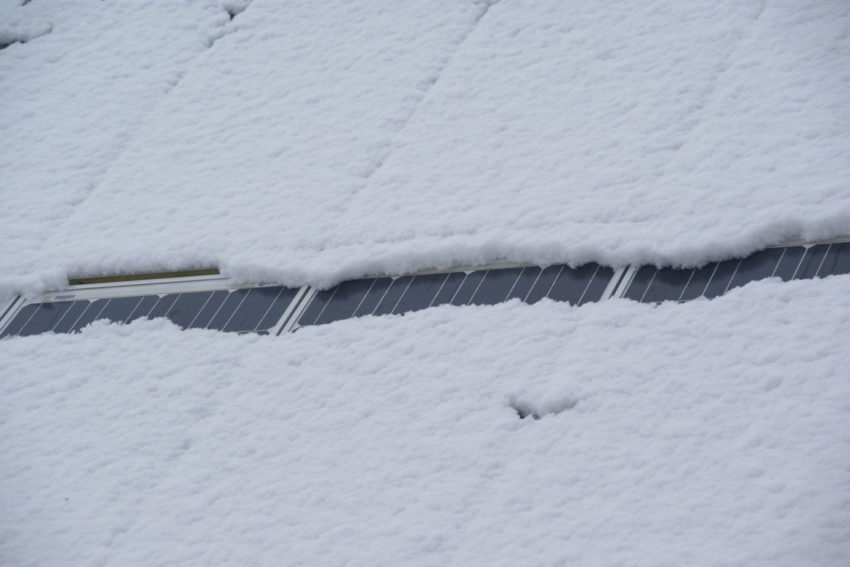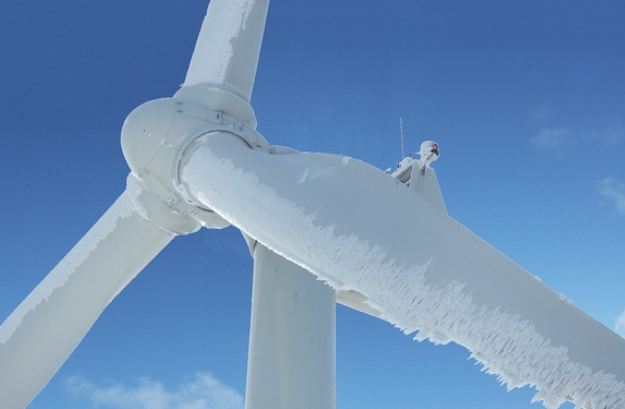Applying scarce resources so that the benefits always outweigh the costs is rational, but subsidised wind and solar will never fit that bill. Putting aside the minerals and the energy required to convert those minerals that is embodied in solar panels and wind turbines, it’s the fact that – no matter how much wind and solar capacity there might be – there will always be an equivalent, if not greater, installed capacity from instantly available conventional generators – coal, gas, nuclear and, where rainfall and geography permit, hydro.
Where conventional generators just deliver, 24 x 7, whatever the weather, wind and solar deliver nothing but chaos, dictated by the weather and where the sun sits in the sky. Having two systems – one incoherent and chaotic and the other perfectly functional – is about as far from rational as it gets.
Jay Lehr picks up the thread with a succinct little primer for those who have no idea where their power comes from. Over to Jay.
Wind and solar add zero value to the grid
CFACT
Jay Lehr
30 April 2020
Why is wind power and solar power, not making significant gains in providing a substantial amount of renewable electricity? The US has utilized, in its energy mix, about eight percent of wind and two percent solar for more than a decade. The reason it is not growing requires an understanding of the fundamental elements, of an electrical grid.
The grid is the electrical industry’s term for all of the hardware and software needed to convert fuel into electricity. The electricity is distributed by wires, transformers, sub-stations, etc. to all of us. The system must ensure our safety from malfunctions, security to customers, and safety for the community.
For a simple example, let’s assume we are a local electric utility in Smallville, USA. It’s a town with a population of 50,000 and another 25,000 people in the surrounding farms, along with small factories, professional offices, shops, a hospital, bakeries, etc. Everyone in the area needs reliable and affordable electricity. Over the years, Smallville set up a modern grid to assure a 99.98 percent reliability. In order to guarantee that reliable availability, the community’s grid must have at least a 75 percent excess capability above the everyday norm. Twenty-five percent of the excess must be in the “spinning reserve mode,” another 25 percent must be in the “peaking mode,” and 25 percent in the “back-up mode.” Let’s examine each of these portions of the necessary reserves.
Spinning Reserve. If some malfunction happens at any time and shuts down a generating plant, a back-up plant needs to kick-in and pick up 100 percent of the lost power in seconds. If it’s a few seconds too late, the electrical demand will overwhelm the grid, causing a “brown-out,” or worse, a “blackout.” It’s as if all the customers of a bank show up at the same time, demanding to take out all their money immediately. It’s a disaster.
The only way to ensure that this blackout doesn’t happen is to have a back-up fossil fuel power plant already running at about 90-95 percent of rated power. It burns fuel but creates no electricity. They will burn almost the same amount of fuel as they would if there was no solar or wind plants connected to the grid because solar and wind can not serve as backup power. The backup power must be 100% reliable. All existing solar and wind power must have fossil fuel back up, while solar and wind power can not be used to back up fossil fuel power as a result of its unreliability. (The wind may not blow adequately and the sun may not shine). As a result, electric utilities are wasting capital, fuel, and operating costs thinking wind and solar can contribute a significant portion of their available energy. It just increases the cost of community power.
Peak mode: This is the extra electrical power that’s needed twice a day, typically for two to three hours each. First is the morning peak demand, from six to nine AM to cook breakfast, get ready to go to school and work. The other high demand period is usually from about five to seven PM. That’s when the extra power is needed to cook dinner, fire up the AC or central heat, etc. But solar plants can’t fill either of these peak demands. That’s because solar produces electricity near mid-day when it’s needed the least. Wind turbines might be put to work a few hours in the morning or evenings. In all cases, however, they still need the spinning reserve fossil-fuel back-up plant running at about 90 percent of rated power, 100 percent of the time.
Back-up Reserve: These power plants are like a spare tire in the trunk of a car; they sit there until called to duty. But unlike the spinning reserve, these reserves don’t need to be up and on-line in seconds. So, they only operate when they are started, typically for scheduled maintenance on other plants. Depending on the type of plant, it may take several hours or more for them to come online, and then they may run for days, weeks, or a year non-stop. Having a power plant just sitting there, doing nothing most of the time is very expensive but is a valuable insurance policy against failure.
Let’s examine the real-life experience of Germany that made the bold decision to go all-in on being green. It is now the number one producer of wind and solar electrical power in the world on a per capita basis. In 2004 Germany launched an aggressive plan to replace many of their coal and nuclear plants with wind and solar. By 2018 Germany had an installed electrical base of about 210 gigawatts. Of that, 28 percent was wind power, 26 percent solar, and the remaining 46 percent was their remaining fossil fuel and nuclear power plants along with a little hydro. At least that is the nameplate rating of the power capability of these solar and wind installations when operating under the best conditions. However, the real production is startlingly different.
While these solar and wind plants could theoretically produce 46 percent of Germany’s needs, in actuality, they only produce about 12 percent of Germany’s total electrical output. Who knew that one of the world’s most prosperous and industrialized nations could not figure out how to produce enough electricity to meet the needs of its own people and industry from wind and solar power?
To relieve this national shortage, Germany has been importing vast amounts of electrical power, mostly from France, and are paying exorbitant rates for it. The average cost of electricity in Germany is now almost three times the cost in the United States.
Germany is now launching a major program to rebuild dozens of fossil-fueled power plants. They have also signed a contract with Russia to build a natural gas pipeline from Siberia to fuel their electrical demand and to back up its unreliable wind and solar plants. Wind and solar add zero value to the grid
Sweden has a funny but sad story that needs to be told. They launched a vast wind program a decade ago, which is proving to be a problem in their challenging environment. In their northern latitudes, solar was out of the question. Wind also has some issues. This photo is from a recent article in the online service, “whattsupwiththat.com.”
Here we see a picture of a Swedish helicopter trying to de-ice a wind turbine like an airport tanker truck de-ices an airplane’s wings and fuselage. Only the windmill is about four to five times bigger than a Boeing 747’s. A helicopter can only carry 10-20 percent of what a truck can. So, by the time they’ve finished one or two-blades, they need to start all over again. Now imagine a wind farm with hundreds of these turbines. This picture is worth thousands of words and a few giggles. But it’s not funny for Sweden.
CFACT




Hey thanks for posting this useful information about parasitic power intermittent wind solar take more from power grid then they ever add here, I really hope it will be helpful to many. It will help a lot; these types of content should get appreciated. I will bookmark your site; I hope to read more such informative contents in future. Appreciative content!
This does however make the case for solar going down to the end consumer instead of the supplier, and thus reducing the needs of large power plants, which would consume less too
Reblogged this on uwerolandgross.
Reblogged this on ajmarciniak.